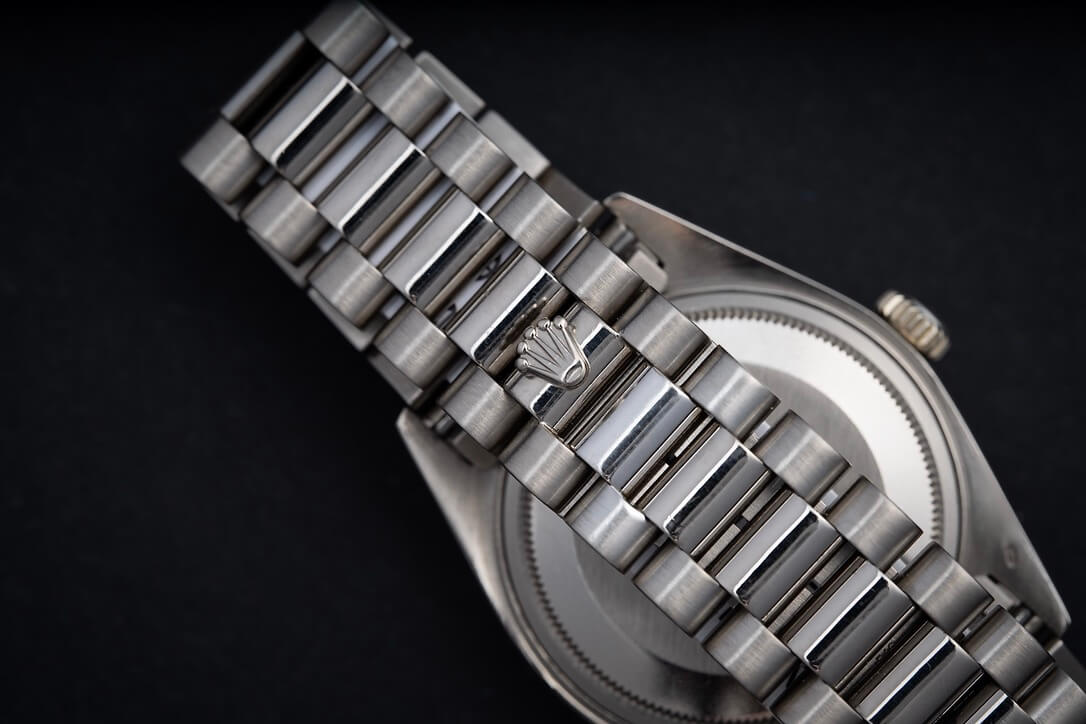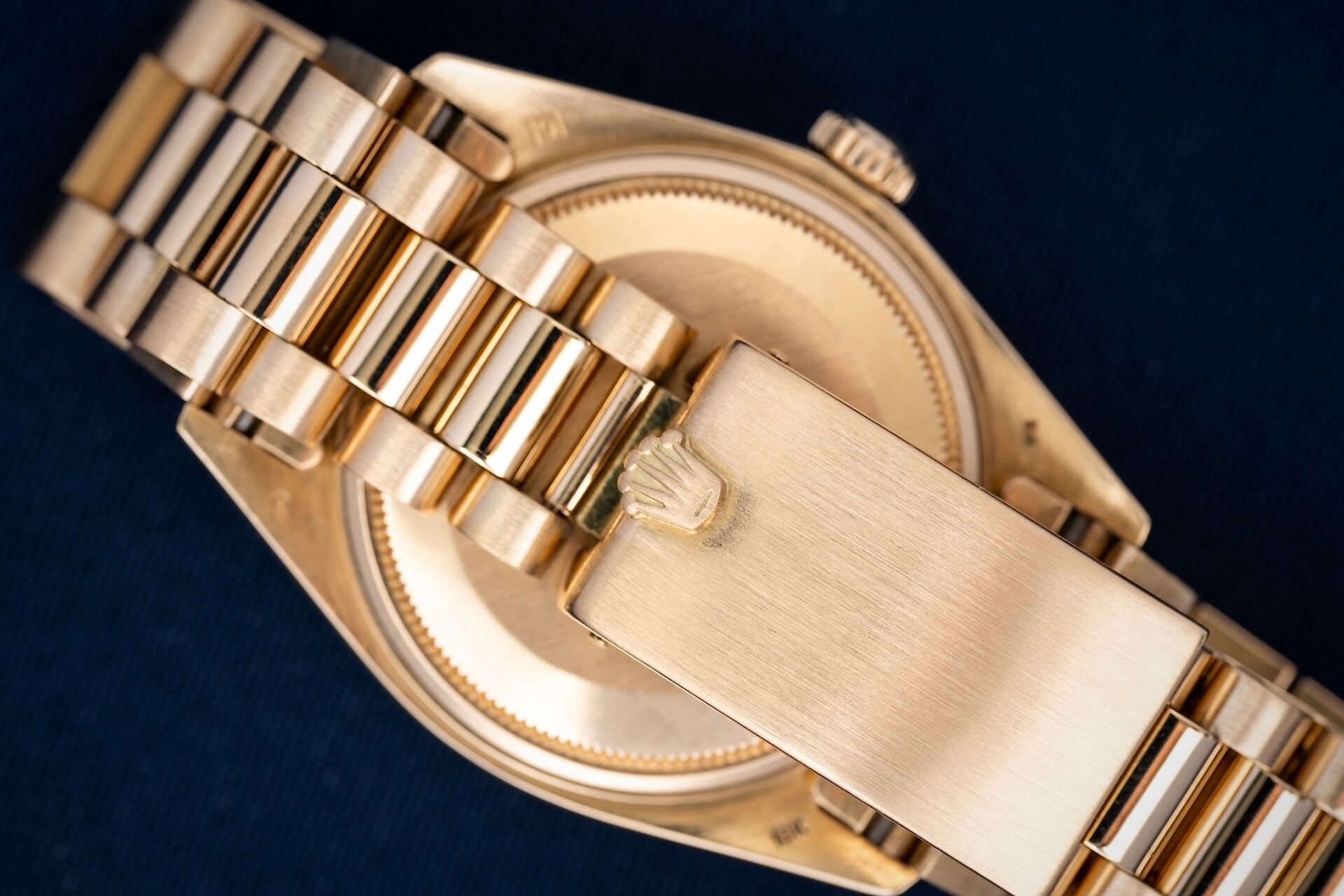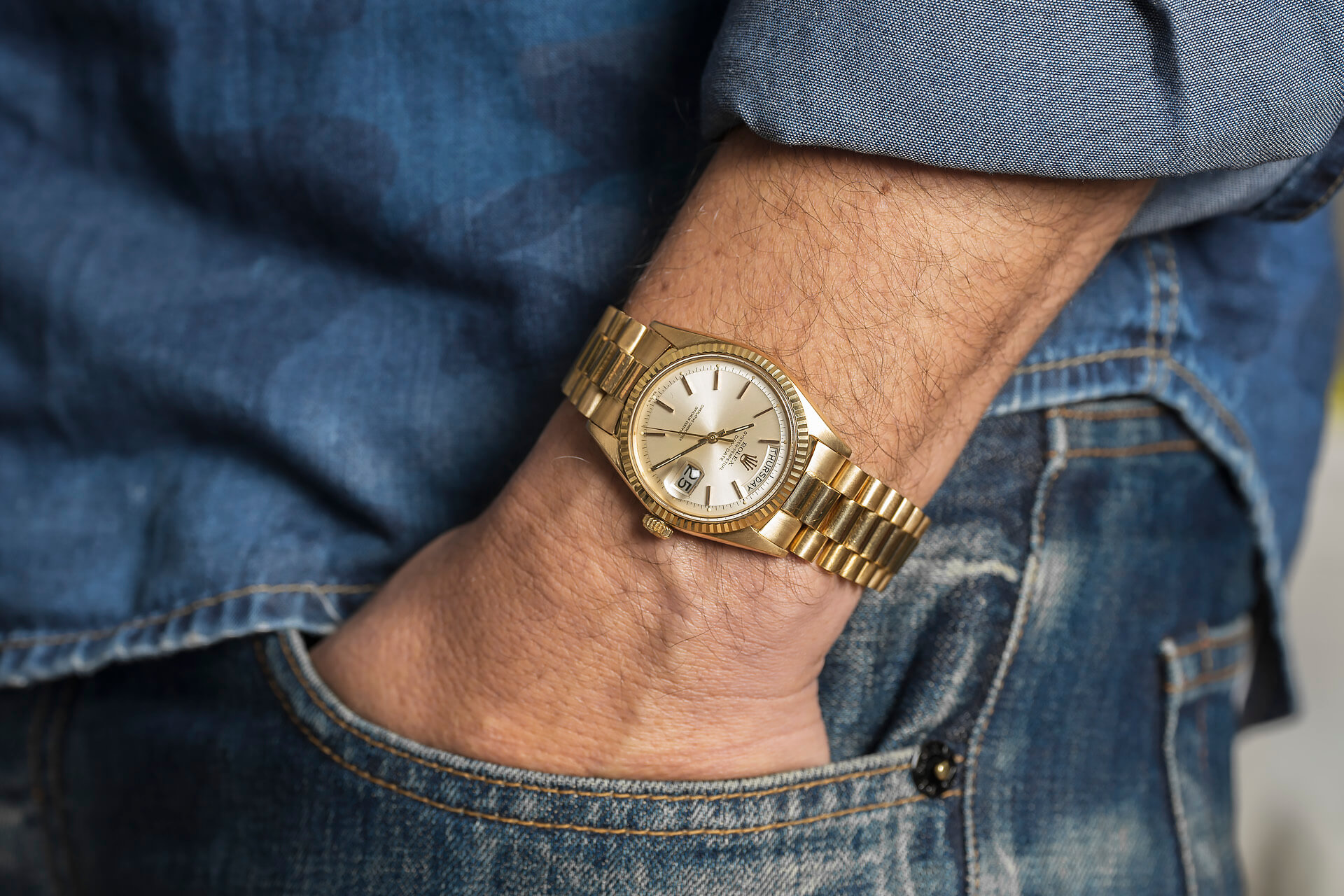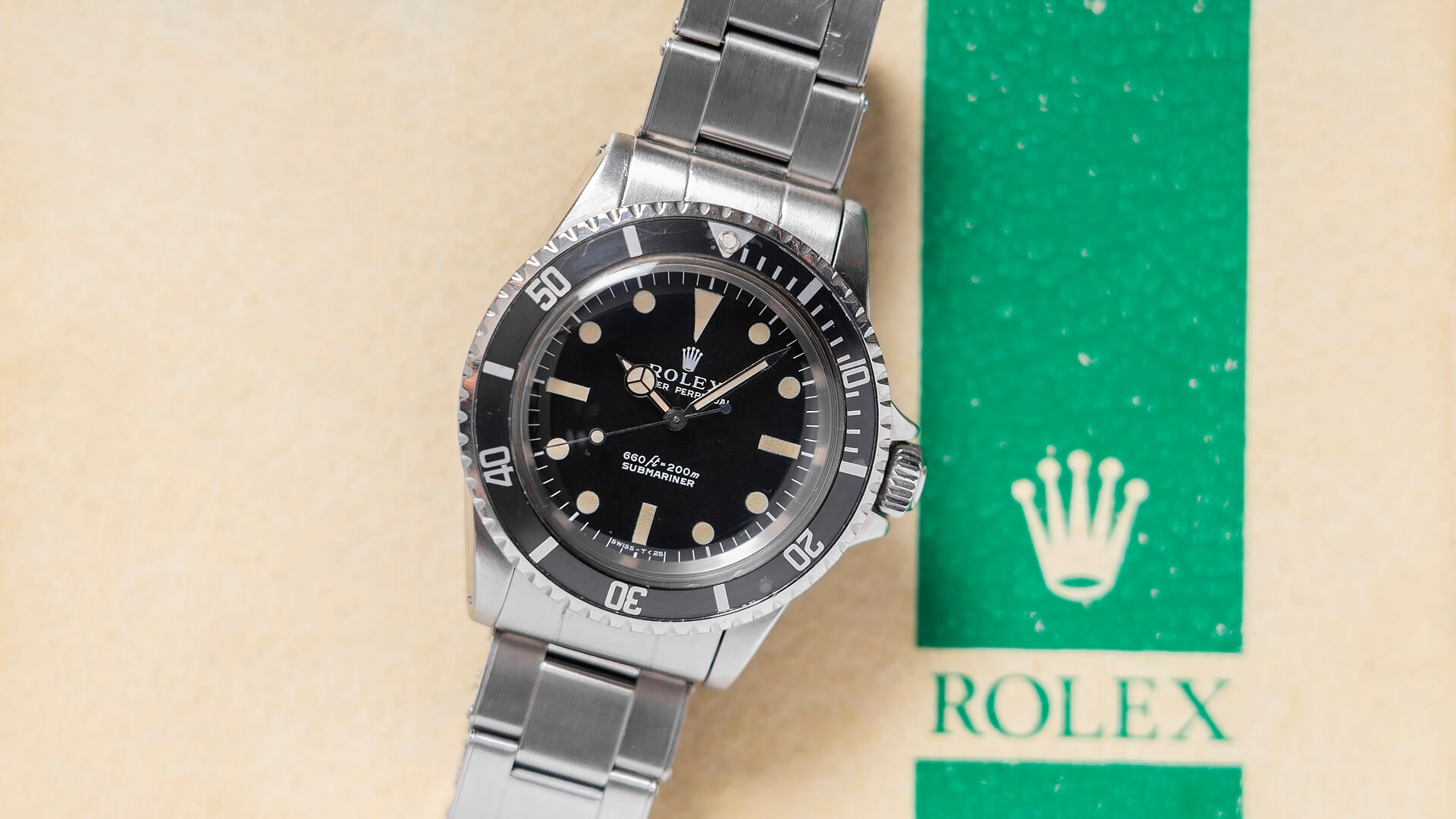The Effect Of Wear And Tear On Rolex Bracelets

While Rolex likes to boast about the perpetual qualities of its timepieces, even they are not entirely immune to wear and tear. In particular, the bracelets will eventually start showing their age when the connections between the links become more loosely over the years. This is a natural process that takes place over decades of intensive wear and is unfortunately inevitable. Even simple, everyday movements can put great stress on the bracelet links, and while they are designed to maintain their integrity during this, eventually more space will appear between the individual links. While this may sound troubling, Rolex bracelets are so well designed that it takes a significant amount of time before they are beyond saving.

Rolex bracelets are made with the same care and attention as its watches, yet have to deal with more physical stress.
When they were new, all Rolex bracelets form an almost straight line when you hold the head of the watch sideways with the (closed) bracelet hanging horizontal. Over time they will drop as the daily movement and stress that is put on the bracelet results in more and more room between the individual links; this is referred to as ‘stretch.’ This does not affect all types of bracelets in the same way. The Oyster-bracelet is known to be very rugged, mostly because it is constructed out of three relatively large links. For the Jubilee, with more and much smaller links, wear and tear often has a greater effect much earlier in its life span.

Oysterquartz bracelets are some of the toughest Rolex ever made
Interesting is that the Oysterquartz models, which feature a (back then) more solid and futuristic version of the Jubilee, Oyster, and President bracelet, time has had much less of an effect, as even today many of these types of bracelets still show very little stretch.

Stretch can even further increase the wearing comfort of your Rolex
Stretch is not necessarily a bad thing, as a lot of Rolex owners even prefer it (mostly with stainless steel bracelets), as it makes the bracelets sit even more comfortably on the wrist. It is also not an immediate source of worry as Rolex bracelets can have quite a bit of stretch before replacing them is recommended. Of course, replacing a Rolex bracelet is quite an investment it does pay back with decades of wearing pleasure. Finding original bracelets can be challenging, particularly for older models, but usually, a newer version will also fit. Alternatively, one can also opt for a stylish strap when the bracelet is really end-of-life.

The Oyster bracelet is also a great performer from which you can easily get decades of pleasure
This is, in particular, a good option for models made from gold. As this is a much softer material than stainless steel, they tend to wear down at a much faster rate. Replacing these types of bracelets requires a much higher investment due to the precious metal used to make them. While these watches are worth such an investment, not all owners obviously go this route. At WatchWorks Haarlem, we are happy to advice in these matters should they occur. For all the watches that we sell ourselves, we can clearly indicate to you the condition of the bracelet, which have, without exception, at least a couple of decades of worry-free wearing pleasure in them.